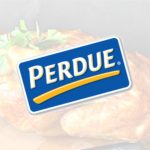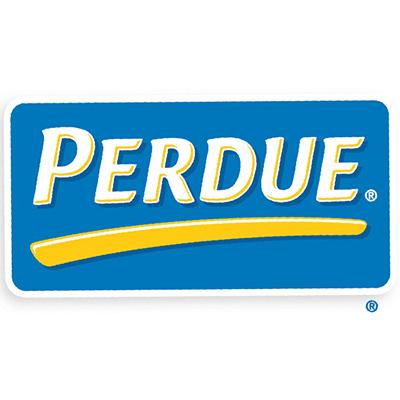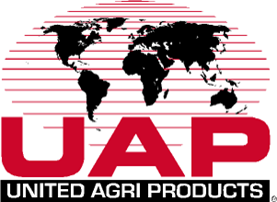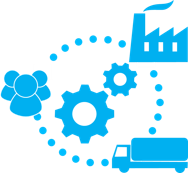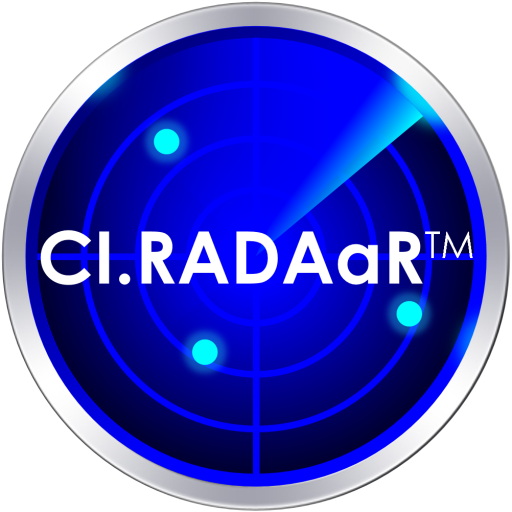Determining if you are making money through your Omni-Channel / E-Commerce sales is a complicated issue. Today, the Consumer is clearly in control and many companies are actively seeking solutions which go beyond having an online presence and are focused on supporting smart strategies that create sustainable Omni-Channel / E-Commerce profits.
This posting is the second part of a multi-series blog focusing on Omni-Channel / E-Commerce profitability. We started the series by defining the four components of the Total Cost To Serve (TCTS) for Omni-Channel / E-Commerce orders:
- The cost to purchase or manufacture the products, often referred to as the product’s Standard cost
- The costs to position inventory to be ready for order fulfillment activities
- The costs to actually fulfill the Omni-Channel consumer order, and
- The cost of product returns
After defining these costs we offered the straight forward profitability equation of: Omni-Channel Order Profit = Net Revenue – (A+B+C+D)
Today, we are going to specifically focus on the cost category B above.
The problem
The cost to position inventory to be ready to fulfill orders is made up of three main categories; the transportation costs to get the products to the order fulfillment facility (both inbound and inter-facility related), the inventory carrying costs associated with the products (both in-transit and stationary inventories), and the storage and handling costs associated with the facility. What is different about Omni-Channel / E-Commerce inventory positioning activities? Simply said, it is the sheer number of configurations of inventory positioning that can be used to support Omni-Channel E-Commerce activity coupled with the need to be positioned closer to an exponential number of delivery locations.
Consumers have a growing expectation that ordered products should be delivered quickly and often at no cost. Since you can’t just “teleport” products from one place to another, the laws of physics kickin.

Supply chain translation – what should our order fulfillment network look like to serve a growing Omni-Channel / E-Commerce business? What makes the most sense regarding the number and combination of roles for the facilities that are required to support this channel (centralized distribution, local area fulfillment, sortation to support the “last mile” delivery, additional “click & collect” options)? In addition, how do we justify the additional investments in the people, processes and technology needed to operate these facilities? All very good questions. Each of these considerations can have significant impact on the ongoing cost to position inventory to be used for Omni-Channel / E-Commerce orders and the profitability of this channel.
Unfortunately, for many companies the focus has been to create an Omni-Channel / E-Commerce consumer interface with not as much attention being given to effective ways to fulfill these orders profitability. We often hear the question “Are we really making money with our Omni-Channel / E-Commerce sales?”
The solution
Yes, determining the right answer is not easy and the answer will change over time. However, it boils down to the same old adage “One size does not fit all”!
There will always be good arguments that certain investments have to be made to gain (or to not loose) market share. However, it is a fact that not all of your Omni-Channel / E-Commerce consumers are the same as it relates to their contribution to your operating profits. Patterns in order mix, quantities, discounts and the expected delivery timeframe can all create large swings in realized profits. Segmenting consumer patterns to clearly understand different profit contributions is one step in tackling this problem. This of course requires having accurate cost information for all four of the TCTS categories noted above.
Having these financial performance insights can then support the use of effective analytics to explore the best network configuration(s) and inventory positioning strategies to manage profitable Omni-Channel / E-Commerce orders. One caution, this evaluation process should be treated as being very dynamic. As your Omni-Channel / E-Commerce business grows, scalability considerations can significantly change the answer.
Gaining and maintaining Omni-Channel / E-Commerce profitability is a complicated issue. Having fact based insights regarding the actual true Total Cost To Serve (TCTS) and the Omni-Channel / E-Commerce order profit must be considered table stakes!
I would love to hear your thoughts.
All the best,
Richard


